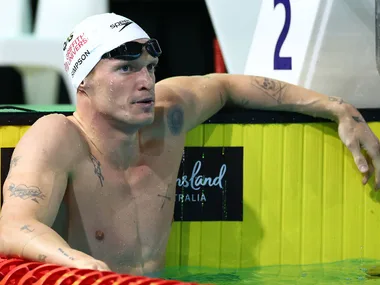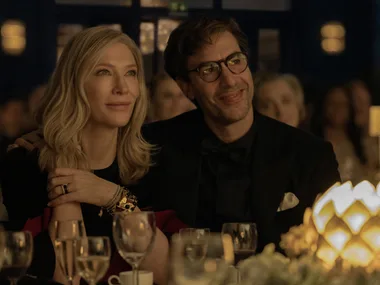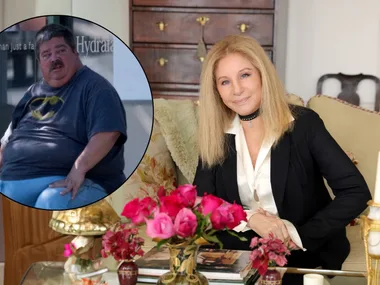Can you really lose weight without ‘dieting’? long term and keep it off? In a healthy way? Yes if you know what it takes to lose weight: creating an energy deficit.
Energy or kj’s work like this; you intake energy from food and you use it to sustain your body (all functions such as breathing, circulation, temperature regulation etc use energy, as well as building and repairing tissues) and by activity or moving the body. Weight gain or loss depends on a very simple equation:
Energy in = energy out; weight maintenance
Energy in > energy out; weight gain
Energy in < energy="" out;="" weight="">
It’s solid science, it’s a clear mathematical equation. It is true, it works. The law of conservation of energy states: energy cannot be created nor destroyed, only changed from one form to another. And this is of course exactly what happens in the human body. Energy from food can be used to heat the body, to contract muscles to walk, to absorb minerals to build bones etc. But if there is extra floating around it will be stored and our big spare energy storage system is the fat cells. So what do you do if you have too much stored energy?
The attack should be two-fold:
- lower in the intake of new energy to give you a chance to use the spare you’re already carrying and
- increase the use of energy, convert it into a form you can lose/convert/pass back to the universe. How is this done??? Through energy required for physical activity, convert it to movement and thermoregulation etc.
In pictures: Celebs’ weight loss journeys
Heath & Wellbeing: Calorie counter
Tips to take note of…
cut your energy (kj) intake without ‘dieting’, without reducing volume of food cutting down on how much food you eat. (See energy density below)
biggest problem with diets is – you’re hungry, you’re deprived, not sustainable, can’t live like that, so you blow it.
AND do not diet—by cutting down drastically on food intake—because it ruins your metabolism that is, it ruins your energy equation, it tells your body to save energy, not use it. You can train your body to be a better energy user by giving it more of what it needs in terms of quality nutrients and then stimulating it to use it for good (build muscle and bone through exercise).
this is why you should not skip good carbs (and do you know what they are anyway? fruit & Veg are mostly carbs!) and not go on a diet high in fatty protein (like Bacon) which has lots of kj’s.
Substitution examples; better choices in terms of less energy, longer lasting energy, increased processing time and high in essential nutrients (fit foods).
Choosing foods which belong in your everyday foods, criteria include: high in fibre, multi-grain, packed with vitamins and minerals, give specific examples of better choices in terms of energy density of common foods, especially snacks.
Energy density
Fat = 38kj per gram
Carbohydrate = 17kj per gram
Protein = 17kj per gram
Alcohol = 29kj per gram
All this proves is that fat give the most energy, the easiest way to cut down on total kj’s is to lower the fat and eat more carbs or protein instead. That is the bottom line about energy, clear, conclusive and undeniable, no matter what is said about protein and carbs. This is not new info but it does simplify all the diet hype, misinformation and confusion which comes with every new diet peddled on the market.
Related video
Note about alcohol; I like a glass of bubbly as much as the next girl, but you must keep in mind the energy density is nearly up there with fat, but it’s worse because your body cannot use or store it (ethanol is toxic to muscle function) so it will use this as a preferred energy source and store other eaten energy. If you drink alcohol regularly you’ll have trouble tipping the energy equation in favour of weight loss…
In terms of lifestyle – life’s too short to count kilojoules! But if you can work out how to modify your nutrition so it’s working with your goals you won’t need to know how much energy is in your blueberry muffin… just make them with apple puree instead of all the butter and sugar and enjoy!
YOUR SAY: Do you believe you can lose weight without a strict diet? Share your opinions below…
For health, beauty, celeb gossip and more, visit:







































